The Ultimate Guide to Understanding Rosacea
Identify and prevent rosacea
Get rosacea under control? For many who suffer from the painful and swelling redness, this is a dream. The skin disease usually comes back in batches. It goes through several stages. And therein lies your chance to mitigate rosacea. Here you can find out how to recognize new flare-ups and what you can do about them.
What is rosacea?
What is rosacea or couperose?
Rosacea is often confused with acne. Apart from outdated names such as "acne rosacea" or "copper acne", the two skin diseases have nothing to do with each other. However, the two skin conditions can also occur at the same time. If you are not sure whether you have couperose or rosacea, talk to your dermatologist. There are several forms and stages of rosacea. Rosacea usually begins gradually between the ages of 20 and 30. This means that you may not have had to worry about skin care and make-up until then. With rosacea, however, choosing the right cosmetics plays a very important role.
How is rosacea different from couperose?
Rosacea mainly affects light skin types
Rosacea is intermittent
First of all, that's good news. Once you discover the red skin blossoms on you, that does not mean that they are now permanently with you. It will get better! The tricky thing is that this dermatosis is similar to other skin problems. It is often treated too late or completely wrong. You'll soon see why...
The preliminary stage of rosacea
Rosacea grade 1 (couperose)
While the reddening of the skin in the early stages disappears quite quickly, it lasts longer and longer. That looks a bit like sunburn, which this skin type is also prone to. Just that vascular dilations are added. Small veins become visible under the skin. The reason: The inflammation takes place in the connective tissue and this loses strength.
Sometimes it itches, tightens, burns or stings in the affected area. Rosacea is accompanied by dryness.
☝️ This stage is also described as couperose.
Rosacea grade 2
The inflammation is now clearly coming to the fore. Bubbles and nodules form on the skin. Lymphedema is also not uncommon. They appear as swellings on the face, because there is a lot of lymph running there.
☝️ This stage is often confused with acne and treated incorrectly. Acne causes keratinization, which causes comedones and inflammatory pimples, which are mostly reddened locally. Rosacea, on the other hand, has inflammation in the connective tissue, i.e. deeper in the skin. This leads to a rather flat reddening with fine veins.
Rosacea grade 3
The more the inflammation spreads, the more noticeable the swelling becomes. The connective tissue and the sebaceous glands enlarge. Bulbous growths sometimes appear on the nose. Men are particularly affected by this. And don't panic, it's that bad for very few people.
Triggers for flare-ups of rosacea
Some people are probably more prone to developing rosacea, but the actual cause of rosacea has not yet been clearly clarified. However, this does not mean that one does not know anything about the triggers for relapses. There are some well-known factors that favor an outbreak of rosacea. Often several of them play together.
These include the usual suspects in skin diseases: UV radiation, stress, diet, body toxins such as alcohol, environmental factors such as pollen count or exhaust fumes, but also cosmetics and medicines. An important step in getting the disease under control in the long term is to understand your specific flare-up triggers. Knowledge is power, that's the philosophy of NAYA. And a diary helps with that.
🖋 Recognize and avoid triggers - your rosacea diary: Whether on paper or in an app, write down how you are feeling, emotionally and from complexion. Note special events, such as a beach vacation where you spend a lot of time in the sun, or last night's boozy party. It can also make sense to document the pollen count.
How is rosacea treated?
If you have been diagnosed with rosacea or if you suspect that it is the explanation for your altered skin appearance with redness, enlarged veins or pustules: don't stress. Couperose is such an individual skin condition that there is no one-size-fits-all solution. And you will find your own way of dealing with it.
Avoiding triggers is an important part of rosacea treatment. So less skincare is more. People with couperose react to many ingredients in cosmetic products, such as vegetable oils, soaps or fragrances such as essential oils or rose water. But also to foods such as alcohol or hot spices. Such rosacea triggers can worsen the redness and other symptoms.
Medical treatment for rosacea
Depending on the severity, treatment with medication or surgery may also be advisable. You should discuss this with your dermatologist.
Treat rosacea
-
Please see a dermatologist
This is how you prevent the disease from progressing. I really don't recommend this for every skin problem, but it is important to properly diagnose rosacea. In addition, the skin is often stressed by mites or anaerobic germs, which you can only get rid of with appropriate therapy.
-
Get a second or third opinion
We often get emails from desperate people who are not happy with the therapy the dermatologists have prescribed. Many report that their rosacea got worse after stopping the medication. We often read that it is not entirely clear whether it is rosacea. Even dermatologists sometimes find it difficult to diagnose, because the symptoms often resemble acne. Therefore: If you are not 100% convinced, get a second opinion.
-
Be active and inform yourself
No therapy works that well if you don't help. This is particularly important for skin diseases. Deal with your illness yourself - keyword diary. And make sure to avoid things you suspect are triggers. An anti-inflammatory diet is a help, but also active stress reduction.
Skin care for rosacea
With this dermatosis, the best skin care cannot replace medical treatment. But it can very well support and prevent. Finding the right care for rosacea is not easy because every skin reacts a little differently. Only you can find out how you react to certain ingredients. Discomfort such as burning or itching is an indication that you should avoid the product.
What to look out for with rosacea
- In the case of inflammation, you should avoid everything that irritates.This includes facial tonics with alcohol, aggressive cleaning agents, but also numerous additives that have to be added to water-based products
💧 Better: If cleaning then super-gentle, for example Example with coconut or sugar surfactants, which are usually found in natural cosmetics. Then gently dab the skin, do not rub with the towel.
-
Even if the skin feels dry, rich creams, especially classic products with mineral oils, are nothing to you. They are occlusive, so they stay on the skin. This will allow more heat to build up in your inflamed skin, making the problem worse.
🌱 Products with nut, flower oils, on the other hand, penetrate the skin instead of covering it like a plastic film.
- Less is more. Rosacea means being sparing with products and even water. It should be lukewarm at best, never hot. Your skin may even react to plain water. Then distilled can be the solution to wash your face.
- Avoid anything that promotes blood circulation in the face. So keep your hands off peelings, whether mechanical or with fruit acids. There are also ingredients that stimulate blood circulation. Now also avoid menthol, rosemary, fragrances and caffeine.
- Go naked: If at all possible, do without make-up. Conventional foundations usually contain mineral oils and silicones, which again have an occlusive effect. Of course, it's understandable if you'd like to cover up the redness. If you really don't want to do without it, you'd better grab Mineral Make-up.
- Always wear sunscreen. Choose the SPF high enough for your fair skin type. Sunscreen with UV filters for more sensitive skin.
Natural cosmetics for rosacea
Natural cosmetics for rosacea are not always so easy, as natural cosmetics often contain many triggers such as essential oils, alcohol or the wrong oils. However, it is possible if products are consistently low in irritants.
Are NAYA products suitable for rosacea?
This question often reaches us. Unfortunately, there is no general answer to this. Everyone's skin behaves a little differently and has different triggers. What tends to be good about the NAYA products for rosacea is that they are so minimalist. They therefore contain no alcohol, mineral oils, emulsifiers, parabens, etc., because they are designed for sensitive & stressed skin, but not specifically for rosacea.
But we have now finally created a cream specifically for people with rosacea. It provides plenty of moisture which your damaged skin quickly loses. It has calming effect from a range of different ingredients, reduces the signs of Rosacea and redness. You can use it on its own or in combination with our NAYA Face Serums such as Aura Essence or Glow Serum.
Conclusion: Rosacea needs to be treated
This point is very important. Good, low-irritant care helps, but cannot work miracles on its own. So find the dermatology practice you trust and work actively, for example by keeping a diary. So you get to know your triggers and can avoid them. Also try to change your nutrition to anti-inflammatory, because a lot of what we eat promotes inflammation. And reduce your stress. This gives you a good chance of getting your skin conditions under control.
Related Articles:
3 Steps to Soothe and Calm – Redness, Rosacea and Sensitive Skin
The Ultimate Guide to Treating Rosacea for Sensitive Skin
Understanding Facial Flushing: Symptoms, Causes, and Solutions
What is the Difference between Couperose Skin Vs. Rosacea

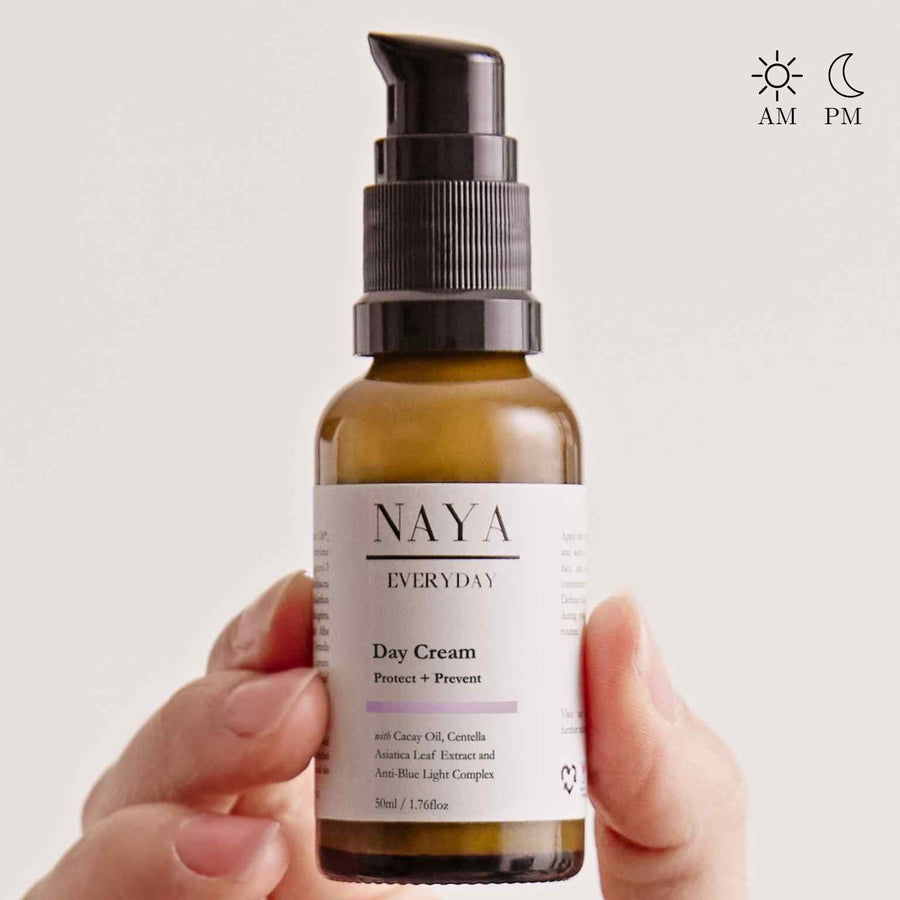
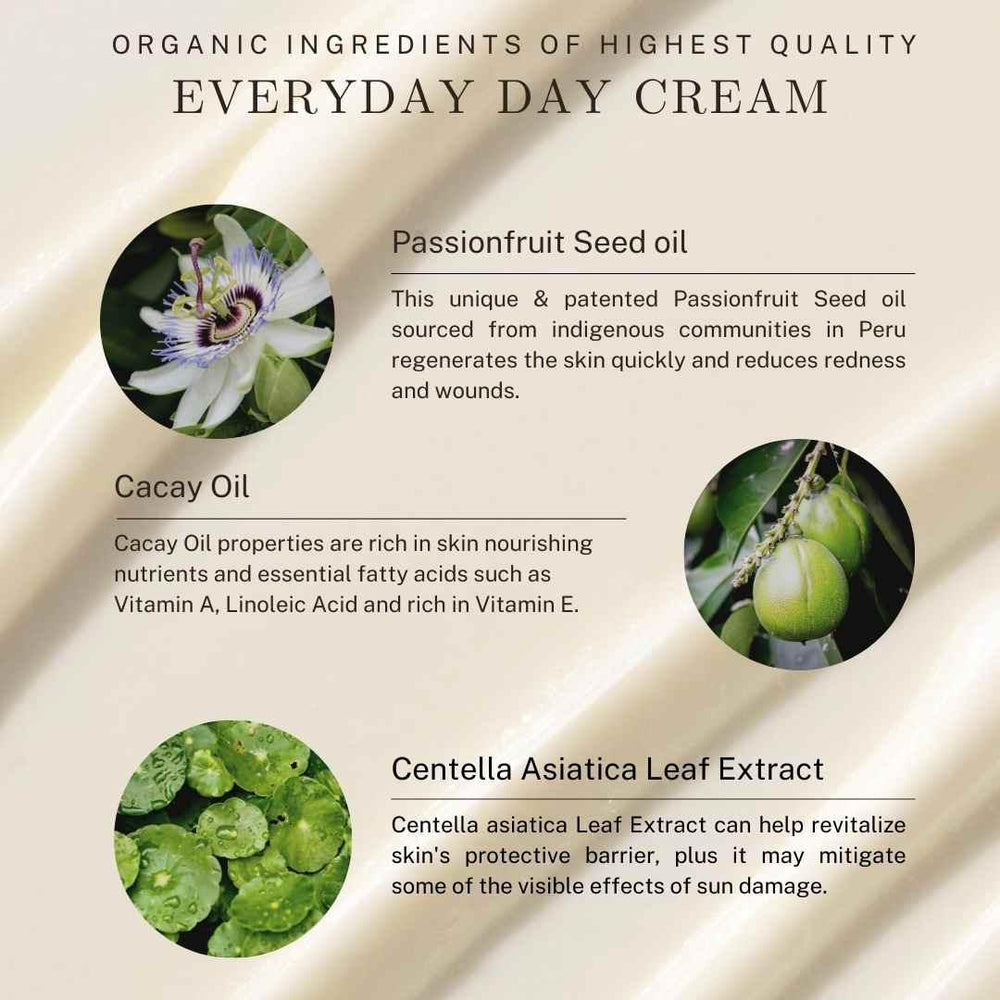
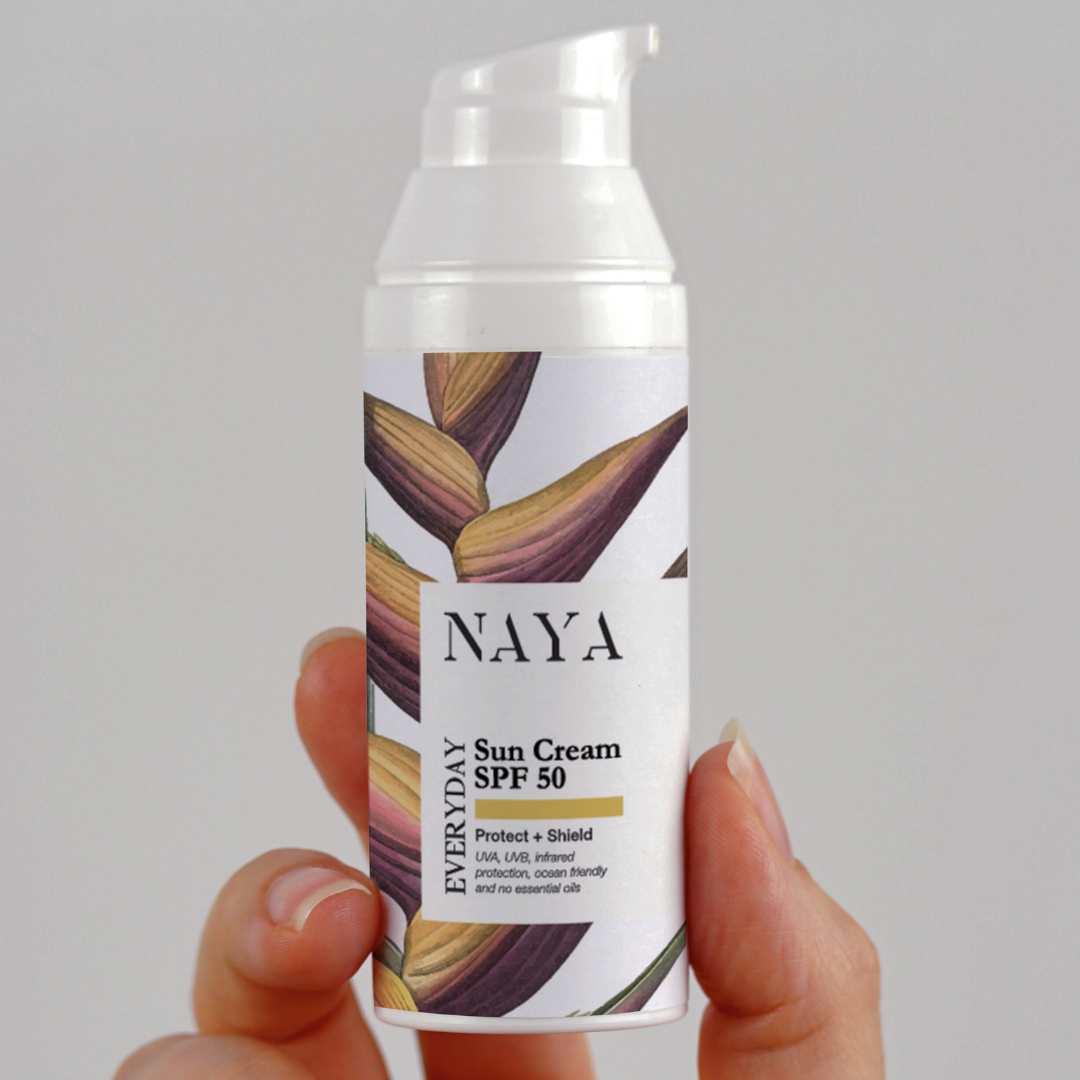
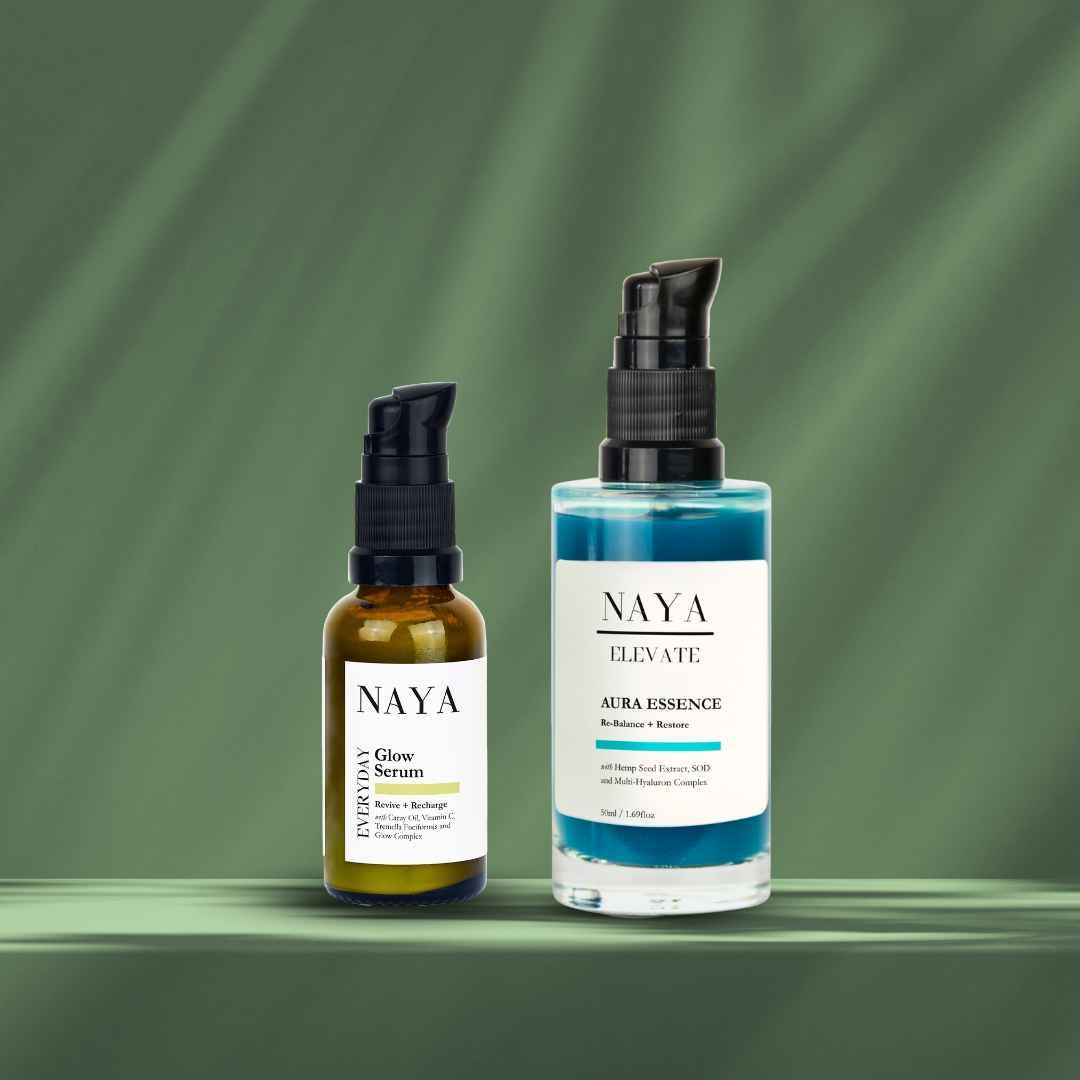



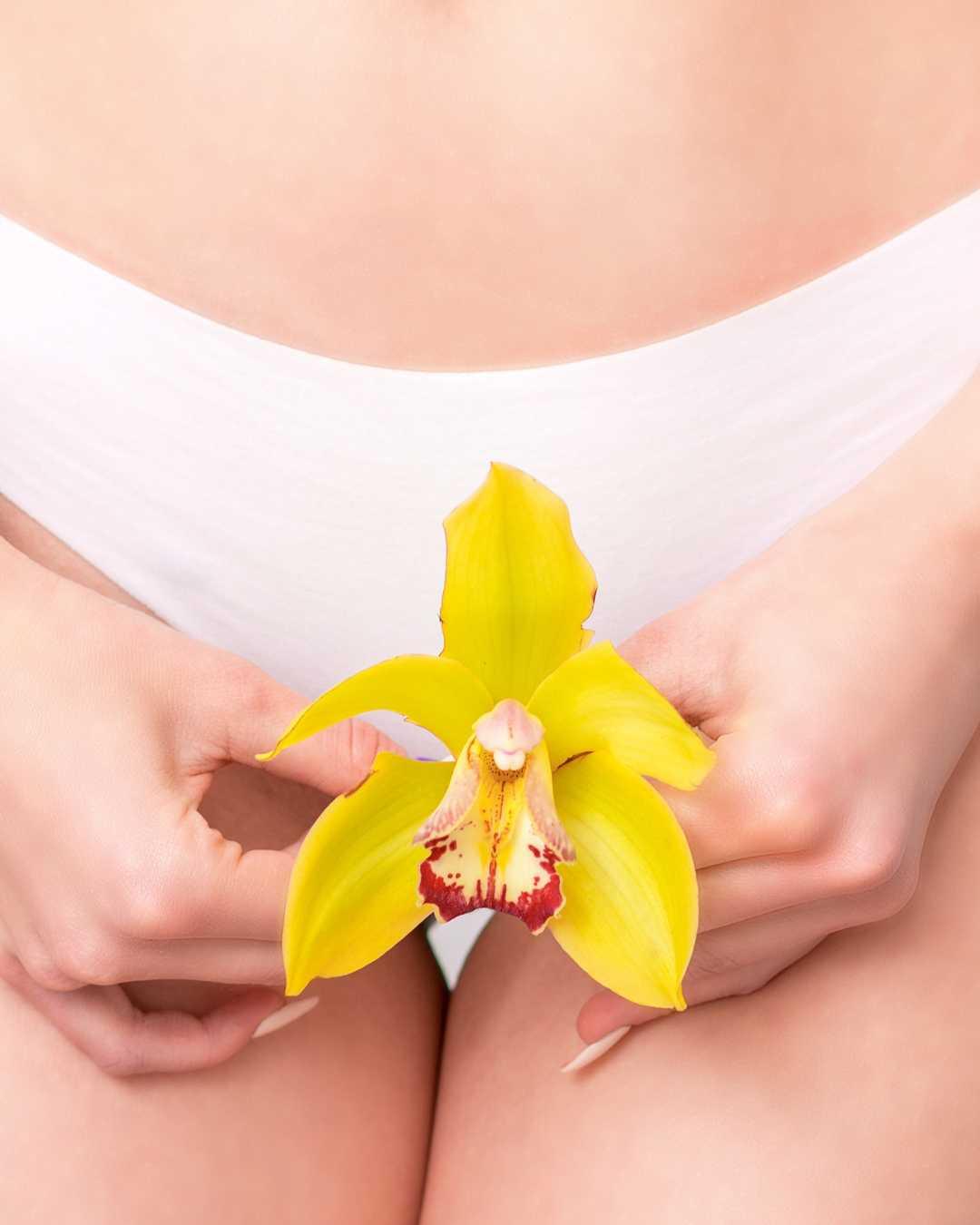
Leave a comment